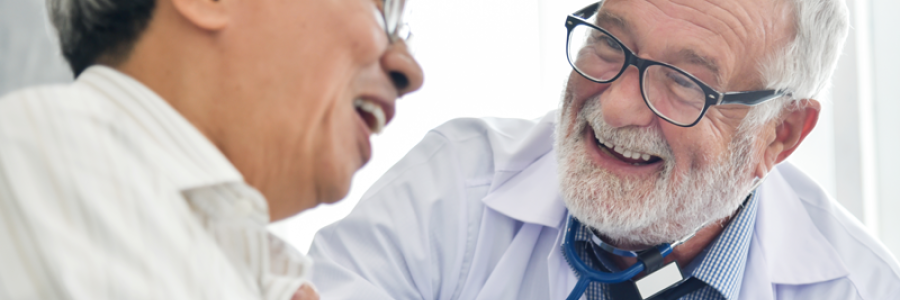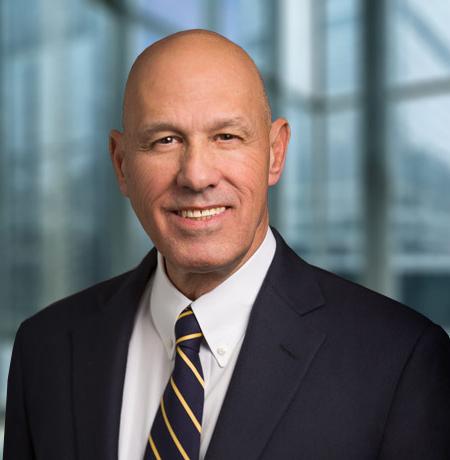
June 14, 2016
For decades, we’ve talked about doing a better job of involving patients in their healthcare decisions and treatment. As important as that goal is, it’s only an incremental step away from the traditional roles of the controlling provider and the dependent patient. And incremental steps aren’t enough for consumers in the Internet economy.
The Internet has provided rocket fuel for people to take control away from traditional structures. Just ask record companies, taxi companies, or newspapers. Progress has been slower in healthcare, with its entrenched traditions, complexities, and regulations. However, we are starting to see significant examples of people using the Internet and related technology to completely bypass physicians and legacy healthcare systems.
A great example is the Nightscout Project, described in a recent JAMA article.[1] The parents of a 4-year-old boy with type 1 diabetes found that they could not access readings from their son’s regular glucose monitor while he was in school. The boy’s father, a software programmer, created a program to bring the glucose readings from the device into the cloud, where the parents could access them from anywhere via their smartphones.
A Tweet about his achievement led to inquiries from caregivers and patients with technical expertise, and ultimately to the Nightscout Project online collaborative. The group developed mobile solutions for diabetes monitoring, including smartphone apps that provide alerts for abnormal glucose levels, and a web application and wearable device to display glucose readings. The project has a Facebook group of more than 15,000 members in the United States and 4,000 members in other countries, and a website where anyone can download the open code and set up their own system.
Here is a breakthrough that is developed by a parent, makes use of wearable and cloud technology, and is shared through social media. No healthcare professionals are involved.
This is not an isolated example. A 15-year-old invented a sensor that alerts his family via smartphone when his grandfather, who has Alzheimer’s and is prone to wandering, gets out of bed at night.[2] His project was recognized at the Google Science Fair and spawned a popular Ted Talk. Start-up companies are also helping people bypass the traditional health system. Wellness FX offers direct-to-consumer blood tests by connecting patients with local labs, delivering easy-to-understand results to personal accounts on the website, and offering a virtual physician consultation about the results.[3] Any Lab Test Now, which has more than 150 locations, provides direct consumer access to clinical lab tests, including providing a doctor’s order for patients who do not have one; results go to the consumer rather than to the physician.[4]
A handful of forward-looking legacy health systems have taken steps toward giving more power to patients. For example, Kaiser Permanente Northwest has allowed women to self-refer for mammograms since 1991.[5] However, start-ups are clearly taking the lead, and funders see great promise, with venture-capital investment in on-demand healthcare companies estimated to reach more than $1 billion by 2017.[6]
The movement toward patient-powered healthcare is causing plenty of consternation from legacy entities about lack of care coordination and regulatory compliance, the possible increase in utilization and therefore costs, and the need for physician oversight. These concerns may be valid, but they do not change the basic fact: In the Internet economy, patients can and will take control of their healthcare. Legacy healthcare entities cannot stop this trend any more than newspaper publishers can convince people to put down their smartphones.
Today, people don’t have to stand in the rain fruitlessly searching for a taxi. They don’t have to wait for the next day’s newspaper to get the news. And increasingly they don’t have to wait for a traditional provider to grant permission to access care or health information. In the Internet economy, people no longer have to accept things they cannot change; instead, they change things they cannot accept. That same attitude needs to become a core belief for traditional healthcare providers.
Your comments are welcome. I can be reached at: kkaufman@kaufmanhall.com
Ken Kaufman’s book Fast and Furious: Observations on Healthcare’s Transformation is available at: kaufmanhall.com/fastandfurious
Modified and reprinted by permission from H&HN Daily (as “In the Internet Economy, Patients Are Taking Control of Their Health Care”), May 25, 2016, Copyright 2016, by Health Forum, Inc.
[1] Lee, J.M., Hirschfeld, E., Wedding, J.: “A Patient-Designed Do-It-Yourself Mobile Technology System for Diabetes.” JAMA 315(14):1447-1448, April 12, 2016. http://jama.jamanetwork.com/article.aspx?articleid=2512793
[2] Singal, J.: “A 15-Year-Old Came Up with a Really Smart Invention for Keeping Alzheimer’s Patients Safe.” New York Magazine, Sept. 19, 2014. http://nymag.com/scienceofus/2014/09/teenagers-invention-for-alzheimers-patients.html
[3] WellnessFX website: “How It Works.” https://www.wellnessfx.com/how-it-works
[4] Any Lab Test Now website: “About Us.” http://www.anylabtestnow.com/about-us/
[5] Moiel, D., Thompson, J.: “Early Detection of Breast Cancer Using a Self-Referral Mammography Process: The Kaiser Permanente Northwest 20-Year History.” The Permanente Journal 18(1): 43-48, Winter 2014. http://www.ncbi.nlm.nih.gov/pmc/articles/PMC3951030/
[6] Japsen, B. “Health On-Demand Attracts $1B in Investments.” Forbes, Feb. 2, 2016. http://www.forbes.com/sites/brucejapsen/2016/02/02/investment-in-on-demand-healthcare-companies-to-hit-1-billion/#788ae7a38676
